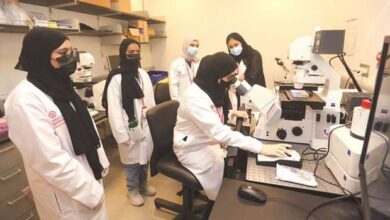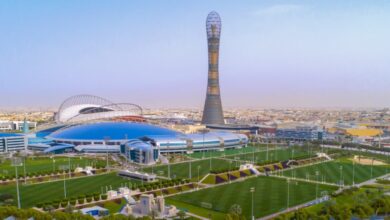Kahramaa’s Tarsheed initiative reduces water and power consumption per capita by 18%

By increasing awareness across a wide range of sectors, Qatar General Electricity and Water Corporation (Kahramaa) has decreased electricity and water consumption per capita by around 18 per cent.
This was achieved under Kahramaa’s National Program – Tarsheed, which was initiated for conservation and energy efficiency. An average of 10.6 per cent per year has been added to the water demand over the last ten years. Water conservation, efficient water use, and water recycling are essential to Qatar’s water security goals.
Kahramaa President Eng Essa bin Hilal Al Kuwari earlier stated that the Tarsheed programme saved QR300 million in 2020 by reducing electricity and water consumption, respectively.
By implementing the Tarsheed programme, natural gas consumption was reduced by 3,207 million cubic feet (MCF), electricity consumption was reduced by 289-gigawatt hours (GWh) and water consumption was reduced by 32 million cubic metres (m3).
Qatar has also strengthened its conservation laws, passed laws promoting water conservation and encouraged the use of electricity- and water-saving technologies in the country. The use of desalinated potable water as a cooling medium is prohibited. Instead, treated sewage effluents or seawater are substituted.
A thermal drying plant was the first to be built in a wastewater treatment plant in Doha North, and it is the largest in the region. By using this process, biosolids waste is significantly reduced and drinking water waste is reduced as well.
In order to reduce electricity consumption in buildings, electrical and electronic equipment has been improved in homes and businesses, and a large-scale centralised cooling process has been developed, which is expected to reduce infrastructure costs as well as consumption and energy costs.
Qatar’s National Climate Action Plan 2030 mentions that Ashghal provides high-quality treated wastewater for non-potable purposes, such as cooling, irrigation for gardens, fodder cultivation, road beautification, and sand cleaning.
Efficiency in water management is a priority measure in the National Development Strategy-2. Water management in industrial zones will be developed as well as expanded use of treated sewage effluent. As of 2015, treated sewage effluent made up 98.2 per cent of total wastewater.



